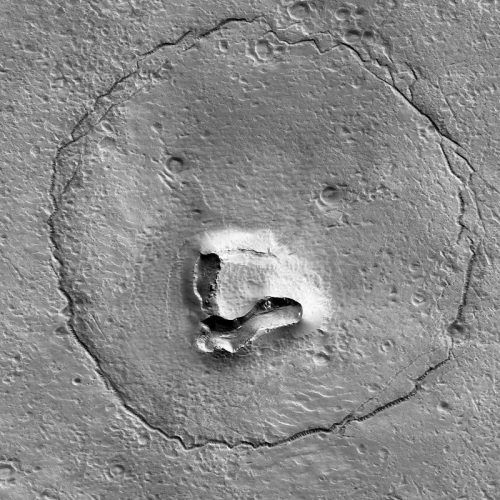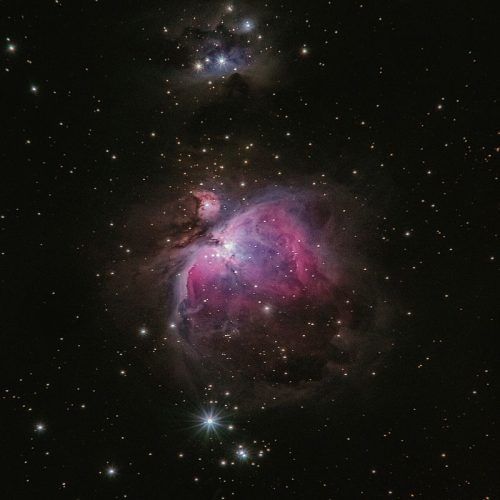Stargazers are soon going to have an opportunity to witness a unique celestial phenomenon — a planetary alignment of Jupiter, Mercury, Venus, Uranus and Mars. And to top it all, there will be no need for a telescope to see the five planets.
According to multiple media reports, the five planets will be visible in the night sky around 27 March and 28 March, depending on where on Earth the astronomy enthusiasts are located. It also presents a unique opportunity for astrology fans to gauge the effect that the alignment of the five planets will have on their person.
The planets will not appear in a straight line but all of them will be visible in a part of the sky next to the waxing crescent moon.
“Don’t forget to look to the sky [at] the end of the month for the planetary alignment which will have at least five planets — plus the moon — all visible in almost an arc shape as seen from Earth,” wrote former Apollo astronaut Buzz Aldrin in a tweet.
Where and how to watch the planetary alignment

Bill Cooke, a lead at NASA’s meteoroid environment office, told CBS News that the alignment will look “very pretty.”
“If you go outside, right at sunset, right after the sun goes down and look west, you’ll see these planets strung out in a line extending about 50 degrees or so,” he said, adding, “Anybody who can see the sun will be able to see it.”
Rick Fienberg, the senior contributing editor of Sky & Telescope magazine, told NPR that though the phenomenon can be seen from anywhere on Earth, people in the Northern Hemisphere will have a better view.
According to Fienberg, those who have an unobstructed view of the horizon and the skies above it have the best chance of witnessing two of the planets — Jupiter and Mercury.
“Wait until the sun has set and then go out and look low in that bright part of the sky where the sun has just set with binoculars, and you should see brighter Jupiter next to fainter Mercury,” Fienberg said.
The easiest planet to spot will be Venus, which will be the brightest of the five and located high in the sky. Mars, too, will appear like a bright spot next to the moon. Uranus can be seen using binoculars above the moon.
According to the astronomy guide app Star Walk, the best day for observation of the planets is 28 March.

The Truth Behind NASA Orbiter’s Latest ‘Teddy Bear’ Image From Mars

Have Scientists Discovered A Possibility For Quantum Teleportation Across Galaxies?
Are planetary alignments extremely rare?
Large planetary alignments are not rare, but some of these can be special depending on the planets that are coming together and the order.
In 2022, Mercury, Venus, Mars, Jupiter and Saturn formed a planetary alignment in the same order for the first time in 18 years. They will be back together again in 2040.
In December 2022, all seven planets of the solar system other than Earth were visible at the same time in the night sky.
Among other planetary alignments happening in 2023 are the appearance of Mercury, Uranus, Jupiter, Neptune and Saturn in the sky on 17 June. There will be at least two others in the year — one on 11 April and another on 24 August.
(Main and Featured images: Yates/@josephyates_/Unsplash)
This story first appeared on Lifestyle Asia Singapore
Manas Sen Gupta












